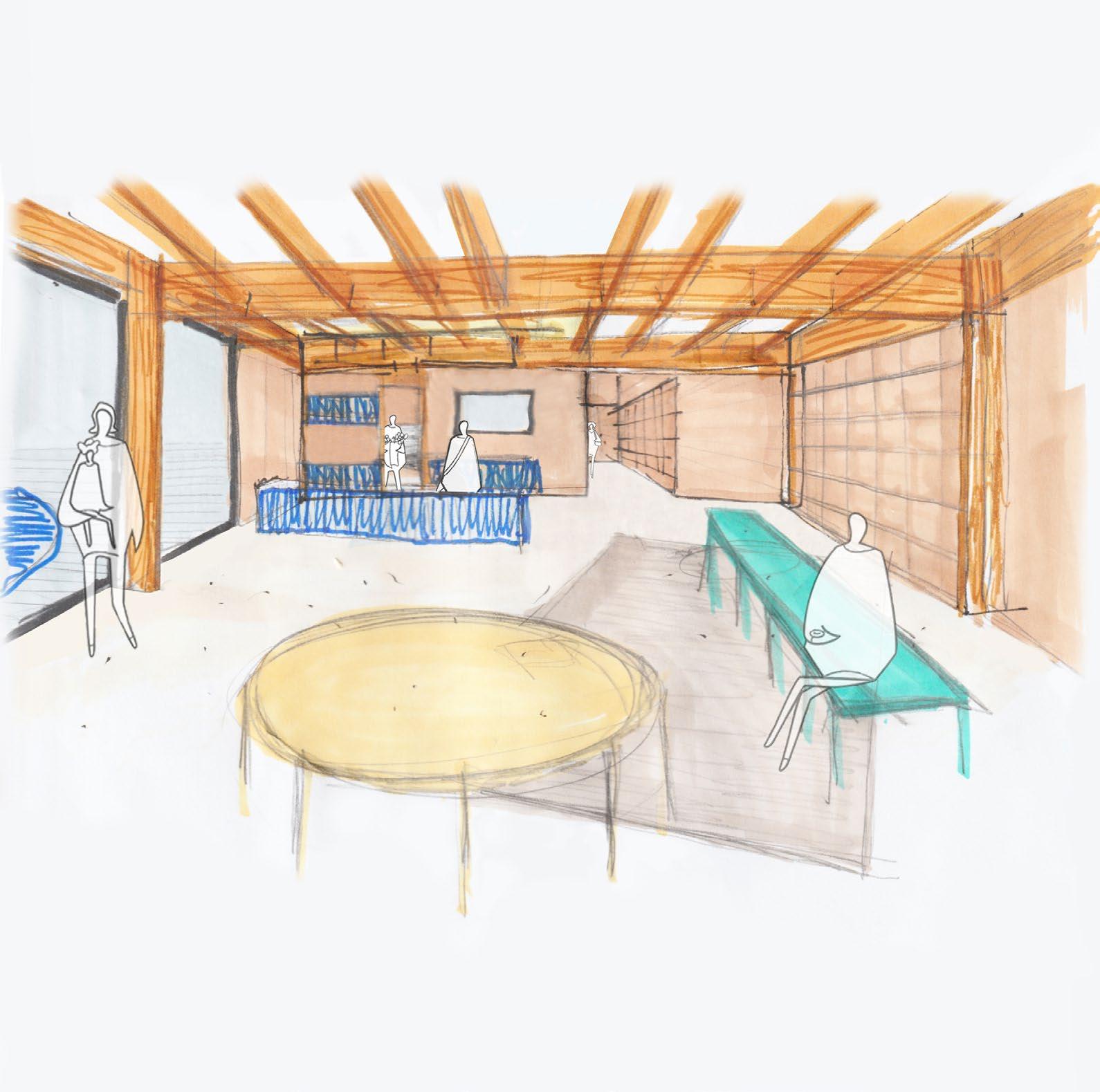
2 minute read
Commons as a Local Strategy
The introduction of a community of commoners in this derelict Plaza will be a major event to activate and bring back to life this monofunctional district.
[Brusselization] It should not be forgotten that this district was built after the demolishing it’s preexisting neighbourhood. This regretful Brusselization process chased the area of 690 households. Since the construction of the Cité Administrative D’Etat, the monofunctionality and hegemonic modernist urbanism is the only present character.
Advertisement
[A social empowerment] Since the 60’s and the idea of clearing the site for governmental institutions, this area of the city, didn’t changed much. As a part of the North-Midi Junction project, the urbanism was left pretty much untouched. The idea of reintroducing new constructions in the area has thus a political status and an antihegemonic more participative reflexion besides it. By placing a building for the people of the neighbourhood on this monumental square, it reinforces even more this participative intention. This act creates not only visibility of this political statement but also a room for a new vibrant network of neighbours which could act as a neighbourhood committee and defend even more the local preoccupations.
[Space for Commoners] Imagining a space for Urban Commons is a resistant exercise. It is always difficult for an architect to imagine how a space will be used by users, while knowing them, imagine how hard it could be to imagine a space for a constantly redefining group of people. The size of the group and the socio-cultural differences could vary rapidly. For this reason, the design of a common space should anticipate a generic form which could be appropriate. One big enclosed space could then be designed with few utility rooms such as kitchen and toilets.
[Establishing a Common] This space will have an dull identity from its colours and materials and this will allow the group of commoners to create their own identity through decoration and appropriation. The process of appropriation is essential in the formation of the community and will be the founding act of the creation of the common. The second act will be to discuss collectively, through participative processes the resources which will be set in common. The notions of management of Play , Water, Leisure and sharing a space could be chosen as resource. But this decision can only be taken by the commoners themselves.
[An Urban Beach to socialise] As a contribution to the creation of the common, the role of the architect, will be to imagine a modest space which will act as a social gathering space to provoke the meeting and connections of the first members of this community. This is one reason why a water component, a fountain, accompanied by its surrounding ‘beach’ is imagined. The exact behaviours which will happen are impossible to predict but will definitely create a social interaction around this water element.
An intentional collage of this water gathering element is proposed on the following page.












